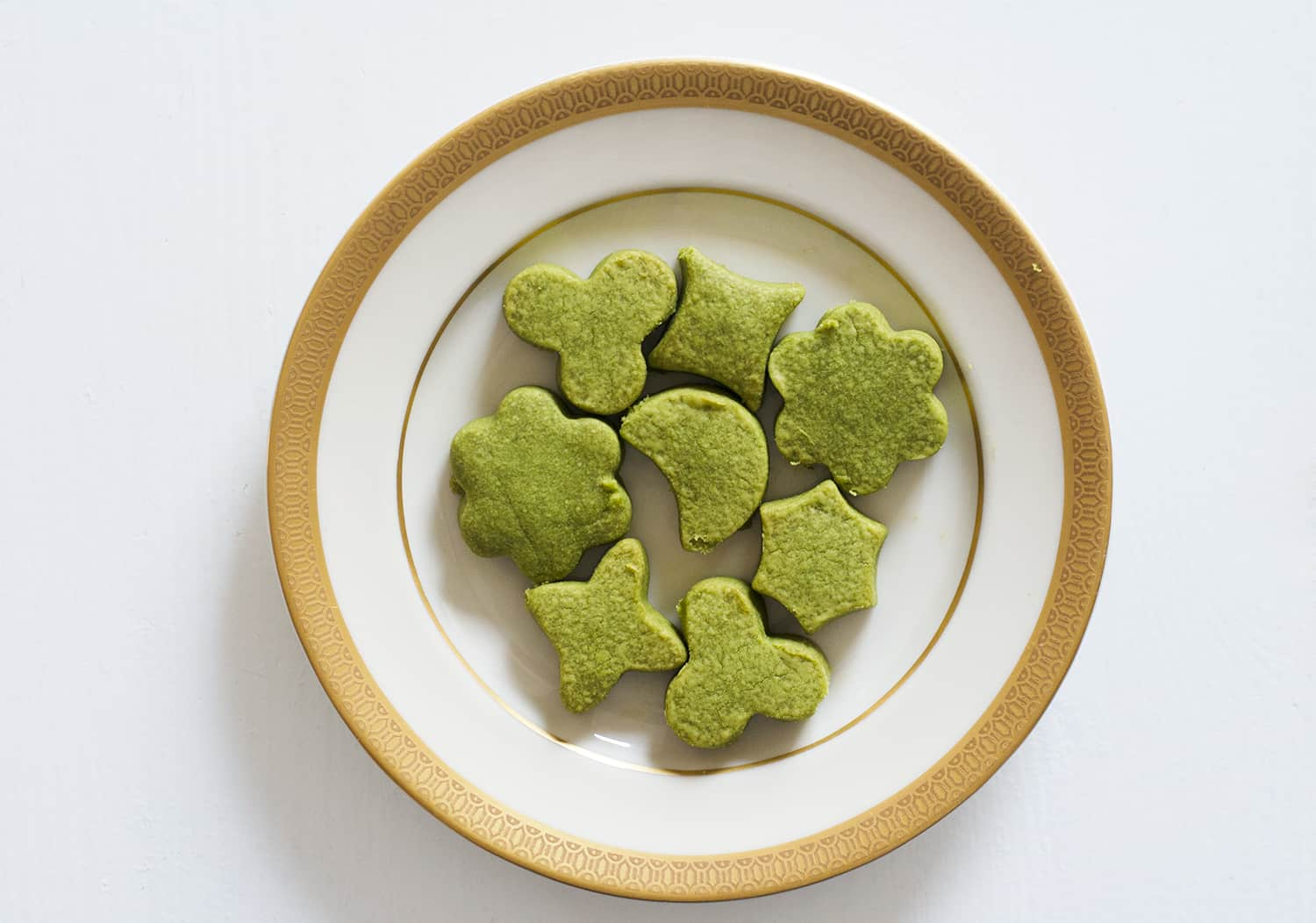
In fact, with one exception, we have never tried any of the brands in this test. We have no financial stake or business relationship of any kind with any of the manufacturers of the teas tested. There are other source countries for matcha, but the quality of the non-Japanese stuff is mediocre at best. We only tested organic matcha tea from Japan. Our experience with matcha tea has covered many years and every conceivable grade of the product, from the very best ceremonial versions to bottom-of-the-barrel culinary teas from parts unknown. The six brands are all excellent products and their differences are mostly a matter of subjective opinion, rather than quality.Įach tea’s name, below, is followed by a description of our experience from arrival of the product, to drinking three cups: plain, with sugar, and with milk. The teas are not “graded” on any kind of scale, either lettered or numeric. Perhaps we’ll do a comparison of culinary matcha at another time. This is the reason why ceremonial matcha, as opposed to food-grade tea, tastes so much better).īecause all the tea we tested was ceremonial grade, we did not prepare any foods or Vitamix ice cream desserts with it. (The highest quality matcha teas are extremely high in a nutrient called L-theanine, which has a natural sweetness to it. Surprisingly, some brands take quite well to added sugar and milk. Lumpy, knobby texture usually means that unwanted moisture has crept into the tea somewhere between grinding and delivery.įor each brand, we prepared three cups: one with nothing added, one with a bit of organic sugar, and one with a small amount of organic whole milk. Bright green, powdery tea is the result of high-grade plants, healthy soil, and careful grinding. Color and texture are accurate indicators of both freshness and quality. Other important practical considerations are ease of mixing, aroma, freshness upon arrival, value, color, texture and honest labeling. Our simple comparison merely describes taste and overall quality of each brand. For the most part, a good cup of matcha tea carries a vegetal taste followed by a subtle, light sweetness that varies from product to product. But even within the highly rarefied world of ceremonial-grade, organic matcha tea, there are differences that buyers need to know about. In a way, comparing and critiquing high-grade tea is like rendering an opinion on fine art or music: impressionist painting isn’t necessarily “better” than cubism nor is classical music superior to jazz. Before spending a small fortune on tea, consumers need to know whether the top brands live up to their reputations, are worth the cost, and deliver as advertised.


It is also quite pricey due to special growing methods and the limited places where it can be cultivated. Even compared to other good-for-you teas and power drinks, matcha wins the nutrition contest hands-down. Known for its healthful properties, Japanese matcha tea is one of the biggest culinary successes of the past decade.

Our comparison is more concerned with taste and overall quality than with extraneous characteristics like shipping time, price per gram, ease of ordering, and other “marketing” parameters (though smart packaging did figure into our analysis). We’ve spent more than 6 months on testing some of the best ones and selected here our favourite six matcha tea powders of the very best organic, Japan-sourced high grade versions that are widely available online and in specialty markets. There are now hundreds of different matcha green tea brands on the market. In case you’re in a hurry or not sure where to buy macha tea from, here are some of our favourite matcha tea brands, as of April 2017: Matcha Tea Brand That’s true for several reasons one must negotiate a few cultural barriers because all the best brands come from Japan, there is a dizzying array of choices, and one can’t really test a brand without first making a purchase (for online buying).

Best matcha tea enthusiasts know that shopping for the top brands can be a maddening experience.


 0 kommentar(er)
0 kommentar(er)
